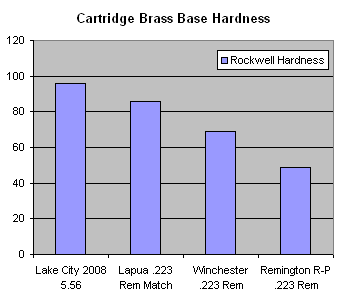Ua26fitter
Well-Known Member
I have a Redding Type S die that I can change the bushing size for neck tension. What would the signs be that would tell me to go up or down with the neck size bushings?
I'm currently running a .330 bushing and have loaded some rounds with the .331 bushing.
I feel that I am getting pressure a little early and maybe if I use a little less neck pressure I can get a little more powder in without the pressure.
am I on the right path?
Kris
I'm currently running a .330 bushing and have loaded some rounds with the .331 bushing.
I feel that I am getting pressure a little early and maybe if I use a little less neck pressure I can get a little more powder in without the pressure.
am I on the right path?
Kris




